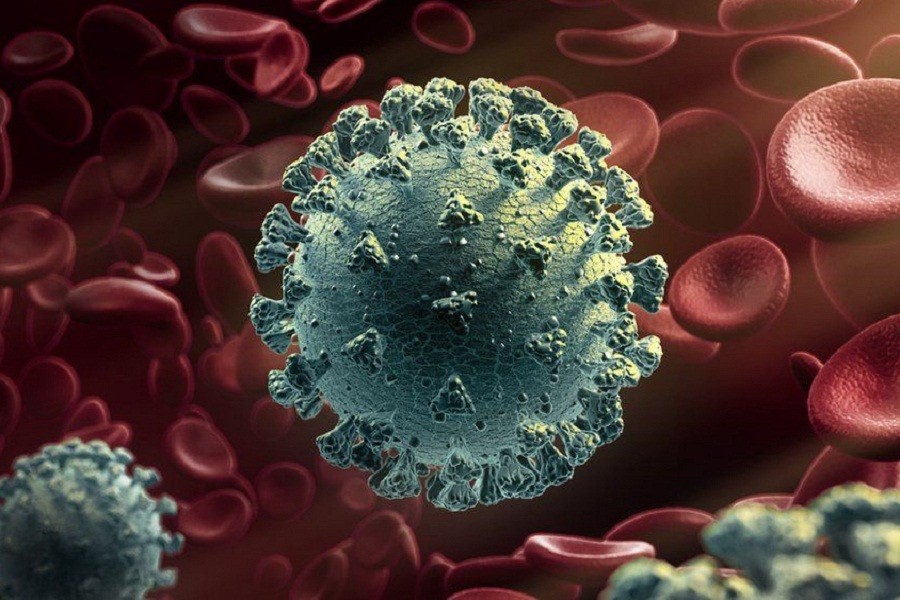Although the fear of COVID-19 is fading, there are still concerns regarding its variants and strains. While many of us don't know the differentiations properly, we often step into false information regarding these terms.
What is a virus?
A virus is a piece of code that is capable of copying itself. It is considered both living and nonliving.
Viruses are not made up of cells but some genetic materials covered by a protein coat that cannot grow or make their own energy.
They can only gain energy from their host and grow inside them using the host’s cellular energy, taking up the power to divide and produce new viruses and together, colonise inside the cells of our body.
All in all, viruses are the true epitome of parasites.
Nonetheless, right now, coronavirus would be a preferred example. A complete coronavirus has genetic material inside it which is an RNA, an outer membrane, spikes for attaching with human cells and also has a viral envelope, which is a protein that covers the whole virus and plays an important role during infection.
Virus reproduction
Let us imagine a complete virus as the mother virus replicating to produce daughter viruses. These daughters mature and become the mother to produce more viruses and the cycle goes on until the viral load becomes so high that such a big population of viruses cannot fit in one cell.
They then need to get to a bigger space but our cells don’t have doors for them to get out. As a result, the cell is eventually ruptured and the viruses get out and find new homes (new cells) and infect them and grow there.
The cycle repeats, more cells get infected, the viruses keep multiplying and cells of just one person does not seem enough for their accommodation. So, more people get infected. Replication goes on at a faster pace and that is when the virus makes a mistake in haste. This mistake is what we call a Mutation.
Mutation, Variant and Strain
For easy understanding, according to Britannica kids, an online encyclopedia, the definition of mutation is a mistake or a change in a living thing’s genetic material (DNA or RNA).
So, the coronavirus made a mistake and mutated. The mutated coronavirus can lead to different consequences. Firstly, the coronavirus may remain unaltered. There might be no change in the virus’ transmission or infection pattern.
The second possibility is that the mutation might change the virus and turn it into a variant. Now is the Variant going to kill us all?
The answer is no. A variant may be a mutated coronavirus that does not yet have the capability to transmit faster or slower to us. Seems like a relief, right? But it's a pandemic season which makes bad news imperative.
A variant can only be of concern if it turns into a strain. Now, what do we call a strain?
When a variant shows distinct changes in physical properties then it becomes a strain. The change in physical properties can be more prominent or less prominent. This depends on the level of mutation that occurred.

Mutation making variant and variant becoming a strain. Image by Lara Herrero; Source- the conversation
Simply, strains are variants and variants are mutants. As a result, variants that show changed behaviours are strains but the variants that do not show changes in physical features cannot be called strains.
However, in order to prevent stronger strain to arise, variants should be prevented which could, in turn, be prevented by preventing mutation.
And how can mutation be prevented? By vaccinating and taking precautionary measures against the virus.
Shaeri Nawar is an Academic Life Sciences Researcher


